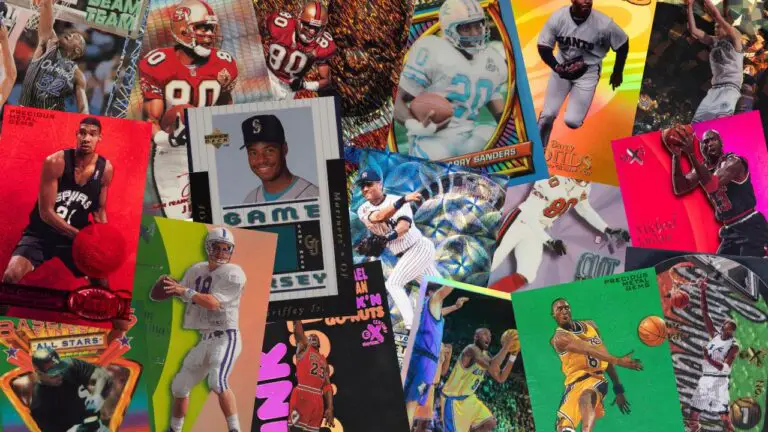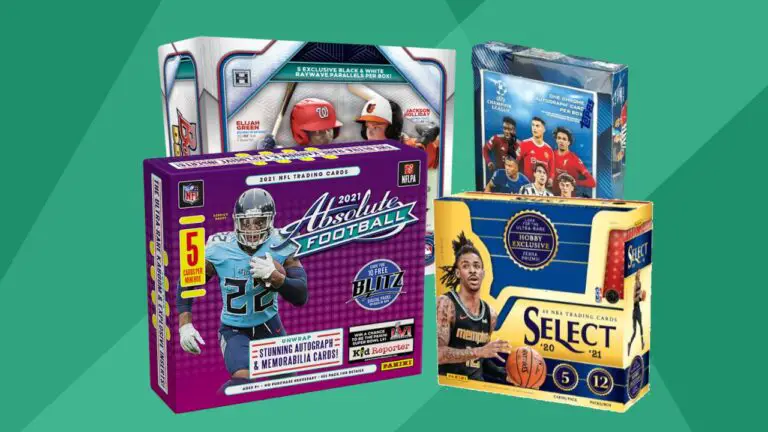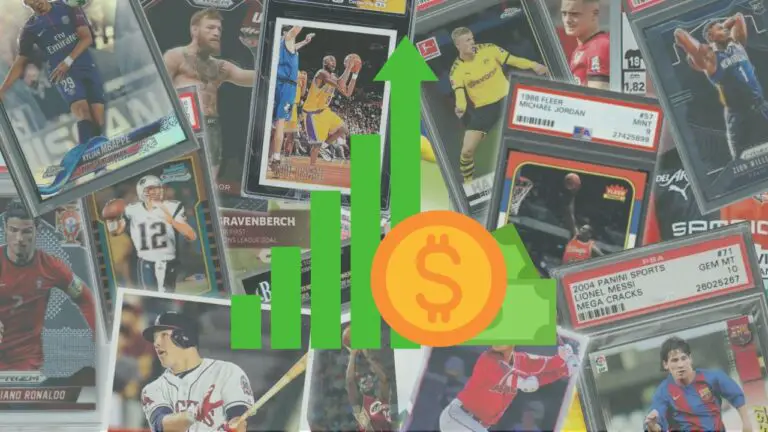
It doesn’t take a lot to damage a collectible card, so when it comes to shipping them for grading, or selling, we need to make sure we’re packaging them properly and safely.
In short, a card should be carefully placed in a sleeve, then a top loader, or semi-rigid holder, then a poly bag, and finally a bubble mailer.
There is more to consider, especially when shipping multiple cards, so I’ve covered everything you need to know, with a step-by-step guide, below.
Table of Contents
What You’ll Need To Safely Ship Cards
The Best Way To Package Sports Cards
Quick Summary
Here’s a quick overview on how to safely package your card for shipping.
You should have already prepared and cleaned the card before taking these steps:
- Carefully place the card into a sleeve – wash your hands before doing this and make sure you avoid touching the card surface.
- (Optional) Apply a sticky index tab on the top outer surface of the card sleeve, this makes it easier to remove from a top loader or semi-rigid card holder.
- Carefully put the card (which is now inside the card sleeve) into a toploader or semi-rigid card holder.
- Place the card (which is now inside a sleeve and top loader) into a clear poly bag and seal.
- Place the poly bag, with the card inside, into a bubble mailer and seal – It’s now ready for shipping.
Even if you’re not sending the card through the mail then it’s worth following the first 3 steps below to protect your sports card while storing them.
Now let’s go into a bit more depth with a step-by-step guide:
Step 1 - Card Sleeve
If you haven’t already, carefully put your sports or trading cards into a card sleeve (sometimes known as a penny sleeve) before doing anything else.
You Should have already given the surface of the card a light clean before packaging, so be sure to avoid touching the surfaces and leaving any fingerprints or residue on the card.
When doing a box break or pack opening, most collectors will place a card into a sleeve straight away to preserve its mint condition
Sleeves help stop any direct handling of the card which could cause scratches or scuffs; They basically give a first layer of surface protection for your card.
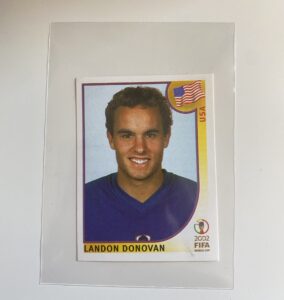
Step 2 - Index Tab (Optional)
Not every collector likes doing this, but apply a sticky index tab to the outside of the card sleeve, makes it super easy to slide the card sleeve, and card, out of its top loader (which will be the next step).
Not having a sticky tab means trying to open the toploader and pull the card sleeve out directly, which can bend or cause damage to the card if not done right.
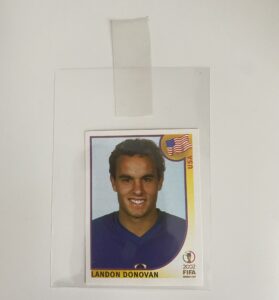
Step 3 - Top loader / Semi-Rigid Card Holder
Now that you have your card protected by the card sleeve, and the index tab stuck on for easy access, it’s time to give the card an extra layer of protection, against bending and surface damage.
There’s 2 options here: A top loader, or a semi-rigid card holder.
Toploader Or Semi-Rigid Cardholder For Shipping Cards?
I personally go with a semi-rigid card holder if I’m shipping cards for grading, and top loaders if I’m shipping for any other reason.
To be honest, there isn’t a huge difference between top loaders and semi-rigid card holders; They’ll both give a good extra layer of protection to the card.
Top loaders are a bit thicker, and more rigid, so arguably safer for cards, but then it’s harder to remove them.
Semi-rigid holders are thinner, which is good for packages with multiple cards, and cards are easier to remove from them.
Grading companies prefer, and actually advise, that cards are sent in semi-rigid card holders, because it’s easier to remove the cards without damaging.
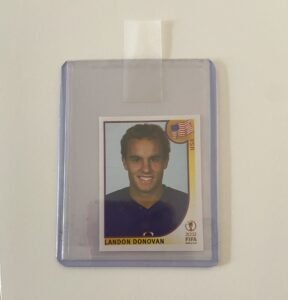
Step 4 - Poly Bag
An extra step that I take when shipping any collectible card is to then place it into a clear poly bag.
This’ll help stop any sliding or moving during the mailing process, plus stop any moisture getting to the card.
Step 5 - Bubble Mailer
The final step of the packaging process before your card is ready to be shipped safely.
Place the card, which by now is already in a card sleeve (with sticky index tab applied), a top loader and a clear poly bag, inside a bubble mailer and seal it up.
The bubble wrap on the inside of a bubble mailer will supply a little extra padding and protection for sports cards.
How To Ship Multiple Sports Cards
When sending multiple cards through the mail, let’s say 5-10, I would recommend putting the cards into sleeves and semi-rigid card holders, which I’ve covered in the steps above.
I would then stack the top loaders between 2 pieces of cardboard and keep that secured using rubber bands – make sure the rubber bands are in contact with the pieces of cardboard and not the top loaders with the cards inside.
If the stack of cards becomes too big to use a bubble mailer, use a small box and make sure any free space is filled with bubble wrap so the cards can’t move around when being shipped.
How Much Does It Cost To Ship A Sports Card?
The cost of shipping a sports card in a bubble mailer will obviously be dependent on where you’re sending it to. If you’re sending the card within the US, then it’ll cost no more than $5.00 to send first class.
The cost of safely packaging a card to be shipped should cost no more than $2.00.
Can Sports Cards Be Shipped Using Media Mail?
Sports cards are not considered ‘media’ by USPS, and should not be shipped using Media Mail.
If you ship sports cards via Media Mail, USPS can, and will, open packages that they suspect of violating terms, and return any containing sports cards, unless the addressee agrees to pay the difference in cost.
Sports cards should be shipped either Priority or First Class.
Final Thoughts
As I mentioned earlier, taking the necessary steps to protect valuable sports cards, either when storing them or shipping them, will help preserve their condition which makes them more valuable.
As most of us know by now, the condition of a collectible card has a big impact on its value.
The slightest scuff to the corner of a well centered card can be the difference between a PSA 10 and a PSA 9, which, in a lot of cases, equals the difference of thousands of dollars; That’s why taking the necessary steps to package cards safely is so important.
The last point I would like to raise is the importance of making sure you send your package with signature confirmation from the recipient; This leaves a paper trail and avoids the potential for your sports cards to be left unattended on a doorstep, for example.


